Fried rice is a beloved dish around the world, cherished for its versatility and deliciousness. The key to a perfect plate of fried rice lies in choosing the right type of rice. From texture to flavor, the variety you select can make a world of difference. Whether you’re a seasoned chef or a home cook, exploring the best types of rice can turn your fried rice into a culinary masterpiece. Here, we delve into the nine best types to help you achieve that ideal dish every time.
Jasmine Rice
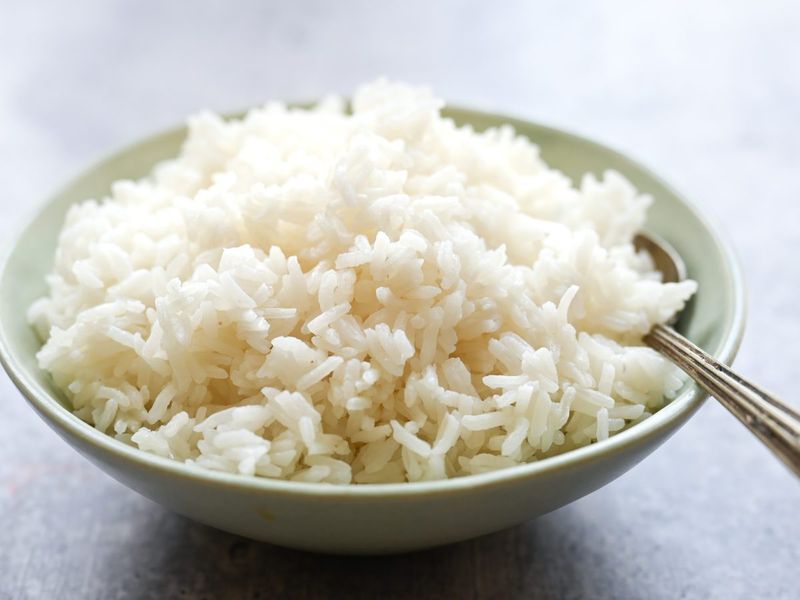
Jasmine rice, known for its delightful aroma and soft, slightly sticky texture, is a favorite for fried rice. Its grains are long and slender, making it perfect for absorbing flavors. Originating from Thailand, jasmine rice adds a hint of sweetness and a lovely fragrance to the dish. When cooked, it retains just enough moisture to blend seamlessly with vegetables and proteins. It’s not just rice; it’s an experience. Fun fact: jasmine rice is named after the sweet-smelling jasmine flower, symbolizing purity and beauty in Thai culture.
Basmati Rice
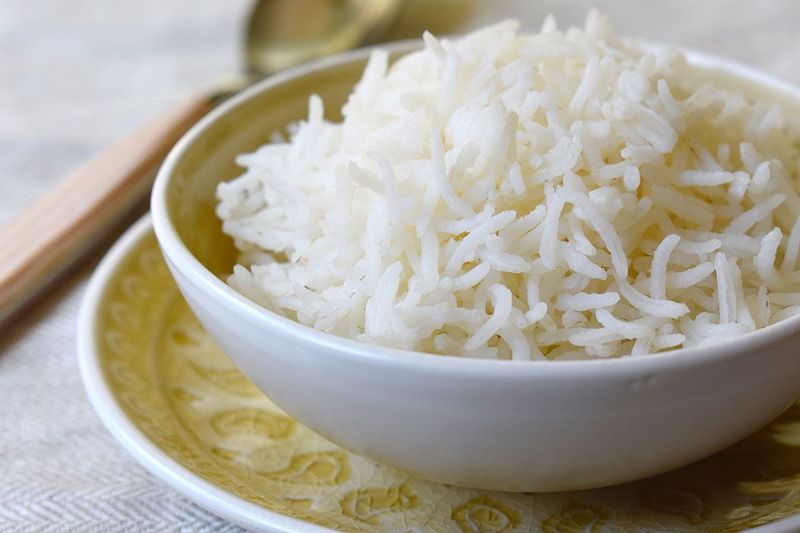
Basmati rice is celebrated for its distinctive nutty flavor and fluffy texture. Hailing from the foothills of the Himalayas, this rice is perfect for those who prefer a drier fried rice. Its grains remain separate, allowing for a light, airy dish. Basmati’s long cooking time is worth the wait, as its aroma permeates the kitchen, evoking a sense of warmth. A staple in Indian cuisine, its ability to absorb spices makes it versatile and beloved. Did you know? Basmati means “fragrant” in Hindi, reflecting its aromatic qualities.
Sushi Rice
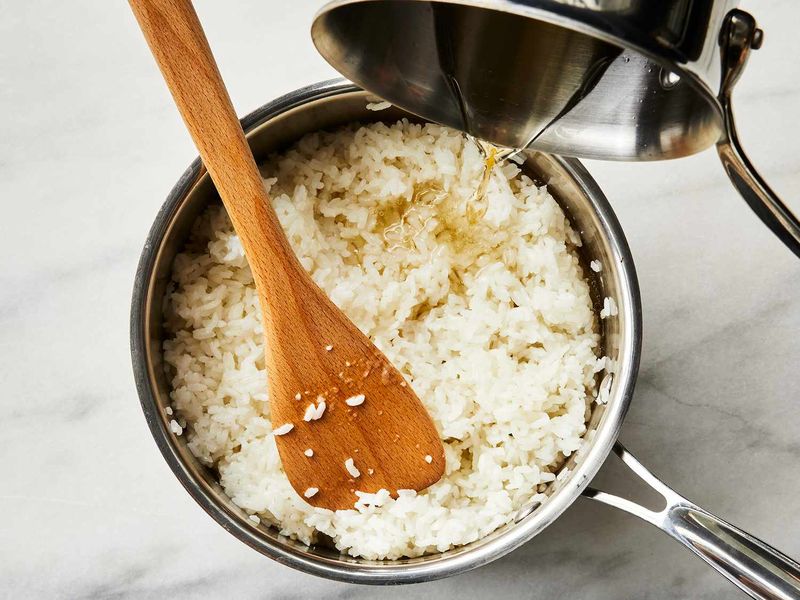
Sushi rice, with its short, plump grains, offers a sticky texture ideal for fried rice. Its ability to cling together makes it excellent for capturing sauce and seasoning. This rice’s mild flavor allows other ingredients to shine. Often used in Japanese cuisine, it creates a cohesive dish that’s both satisfying and flavorful. The sticky nature of sushi rice adds a comforting element, reminiscent of warm embraces. Fun fact: sushi rice is seasoned with vinegar, sugar, and salt, adding a subtle tang to your creation.
Brown Rice

Brown rice is the health enthusiast’s choice for fried rice. With its chewy texture and nutty flavor, it brings a wholesome twist to the dish. Unlike white rice, brown rice retains its bran layer, providing extra nutrients. Its hearty nature makes it perfect for fried rice, as it holds up well against robust ingredients. It’s not just healthy; it’s delicious. Did you know? Brown rice is considered a whole grain, making it a nutritious alternative to its refined counterparts.
Black Rice
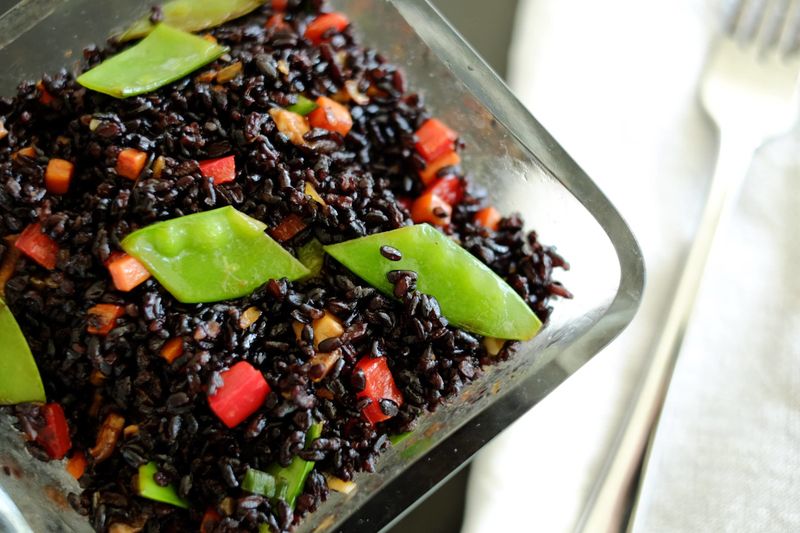
Black rice, often called “forbidden rice,” is known for its dramatic color and rich, earthy flavor. Its chewy texture adds depth to fried rice, creating a unique culinary experience. Historically reserved for Chinese royalty, black rice is a nutrient powerhouse. Its antioxidants and fiber make it a healthy choice. The contrast of its dark grains with colorful vegetables makes for a visually stunning dish. Fun fact: black rice turns a beautiful shade of purple when cooked, adding to its allure.
Sticky Rice
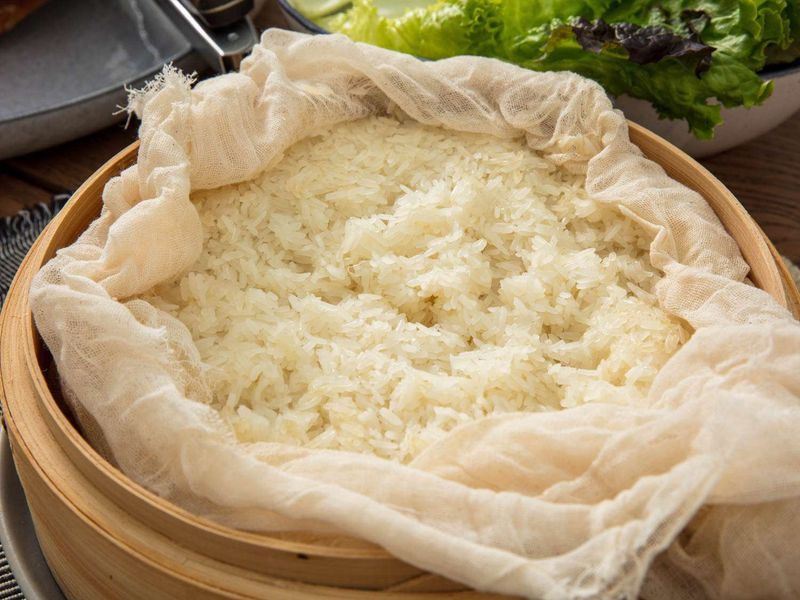
Sticky rice, with its distinctive glue-like consistency, is a favorite in Asian cuisines. Its ability to bind together makes it ideal for fried rice, creating a cohesive dish that holds its shape. Often used in desserts, sticky rice brings a delightful chewiness to savory dishes. Its mild flavor complements bold seasonings and sauces. This rice variety is a staple in Thai and Laotian dishes. Fun fact: sticky rice is traditionally steamed, giving it its unique texture and taste.
Parboiled Rice

Parboiled rice is partially boiled in the husk, giving it a firm texture and golden hue. This process enhances its nutritional value and allows it to absorb flavors beautifully. Parboiled rice remains separate when cooked, making it perfect for fried rice that doesn’t clump together. Its firm grains provide a satisfying bite, ensuring a dish that’s both delicious and nutritious. Did you know? Parboiled rice retains more vitamins and minerals than regular white rice due to its unique processing method.
Long Grain White Rice
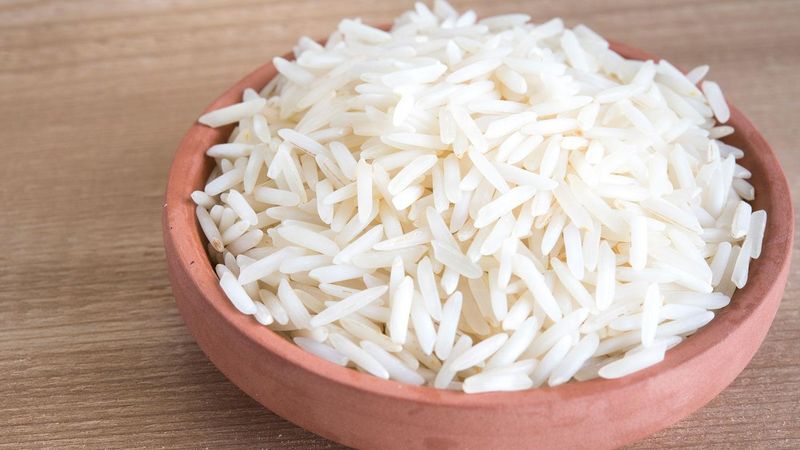
Long grain white rice is a timeless classic for fried rice. Its slender grains remain separate, allowing for a light, fluffy texture. This rice absorbs flavors well, making it versatile for various cuisines. Its neutral taste serves as a perfect canvas for bold ingredients. Whether you’re crafting a traditional or contemporary dish, long grain white rice delivers consistency and quality. Fun fact: this type of rice is polished to remove the husk, bran, and germ, enhancing its shelf life and cooking properties.
Wild Rice
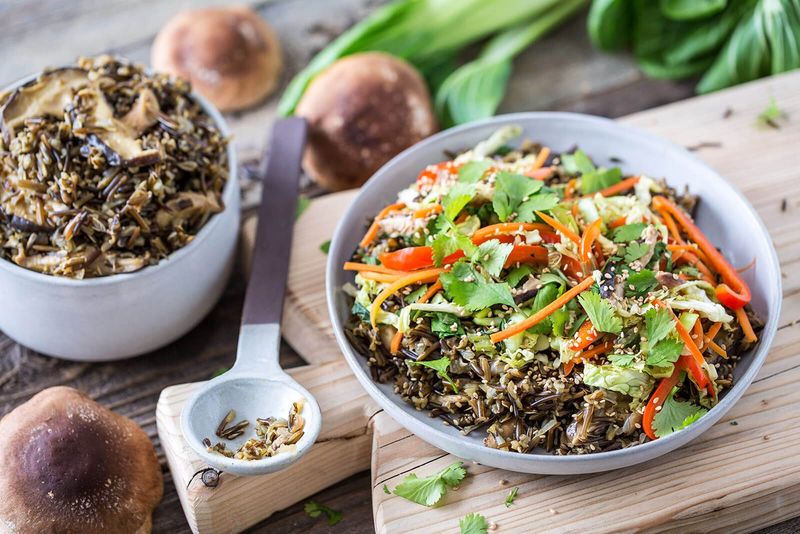
Wild rice, although technically not rice, offers a unique texture and nutty flavor. Its long, slender grains provide an earthy taste that adds character to fried rice dishes. Harvested from aquatic grass, wild rice is packed with protein and fiber. Its firm texture stands up well to bold ingredients, creating a dish that’s as nutritious as it is delicious. The deep, dark grains contrast beautifully with vibrant vegetables. Fun fact: wild rice is native to North America and has been cherished by indigenous peoples for centuries.
Leave a comment